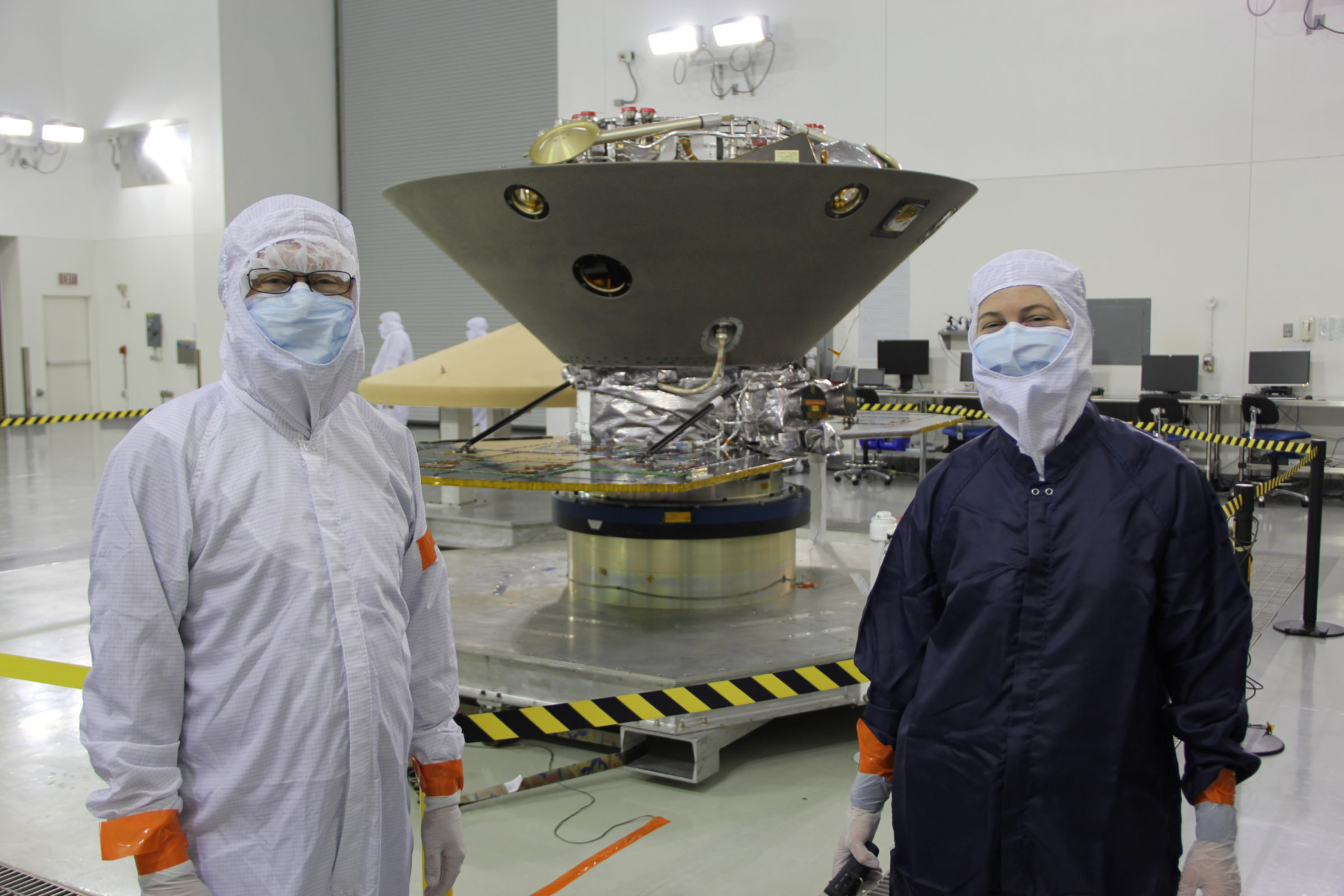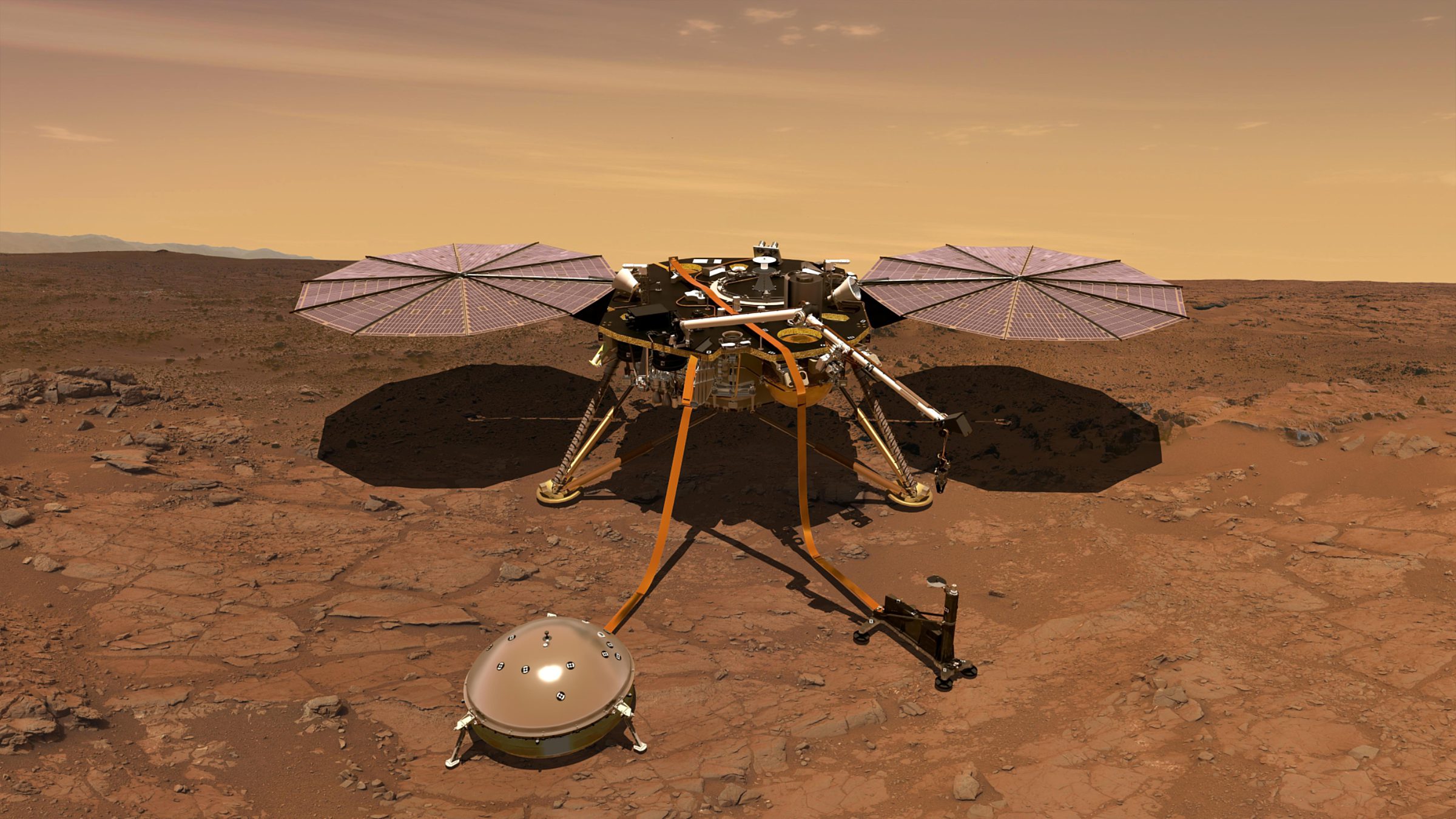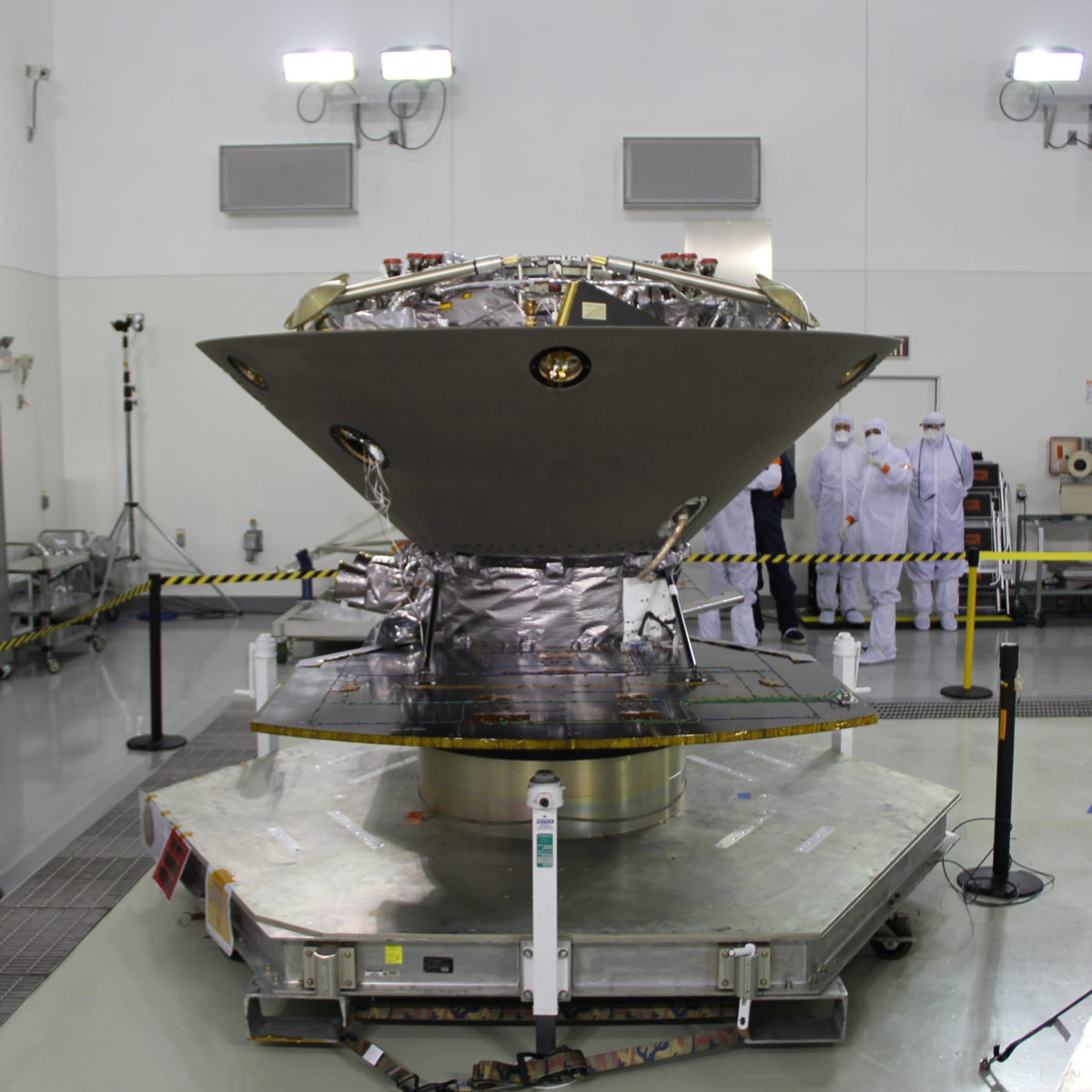Planetary Radio • May 02, 2018
All Shook Up: The InSight Mission to Mars
On This Episode

Bruce Banerdt
Principal Research Scientist and InSight Mission Principal Investigator

Bill Nye
Chief Executive Officer for The Planetary Society

Bruce Betts
Chief Scientist / LightSail Program Manager for The Planetary Society

Mat Kaplan
Senior Communications Adviser and former Host of Planetary Radio for The Planetary Society
No mission to Mars has done what InSight will do. The lander’s spectacularly sensitive instruments will use the Red Planet’s heat and marsquakes to reveal its deep interior while also revealing secrets of other rocky worlds like our own Earth. Principal Investigator Bruce Banerdt came to Planetary Society headquarters barely a week before launch for a long and fascinating conversation. Planetary Society CEO Bill Nye says the European Space Agency’s Gaia spacecraft has mapped our galaxy as never before. Bruce Betts will help us explore a bit of the Milky Way in this week’s What’s Up segment.



Related Links:
- The Hudson Foundation and Bill Nye's Reach Higher Challenge for The Planetary Society
- Seeing InSight
- Mars InSight Lander - The Planetary Post with Robert Picardo (Featuring Emily Lakdawalla)
- NASA’s InSight Mars Website
- European Space Agency Gaia Mission
- 2018 Humans To Mars Summit
- The Totality app from Big Kid Science
A Planetary Radio t-shirt and a 200-point iTelescope.net astronomy account.
This week's question:
What star is most commonly referred to as the Demon Star?
To submit your answer:
Complete the contest entry form at http://planetary.org/radiocontest or write to us at [email protected] no later than Wednesday, May 9th at 8am Pacific Time. Be sure to include your name and mailing address.
Last week's question:
According to a NASA press kit, what does Mount Sharp, the mountain Curiosity is exploring, look like from orbit?
Answer:
The answer will be revealed next week.
Question from the week before:
In Greek mythology, who were Andromeda’s mother and father? All three are constellations.
Answer:
In Greek mythology, Andromeda’s mother and father were Cassiopeia and Cepheus. It was a rough childhood.


 Explore Worlds
Explore Worlds Find Life
Find Life Defend Earth
Defend Earth


